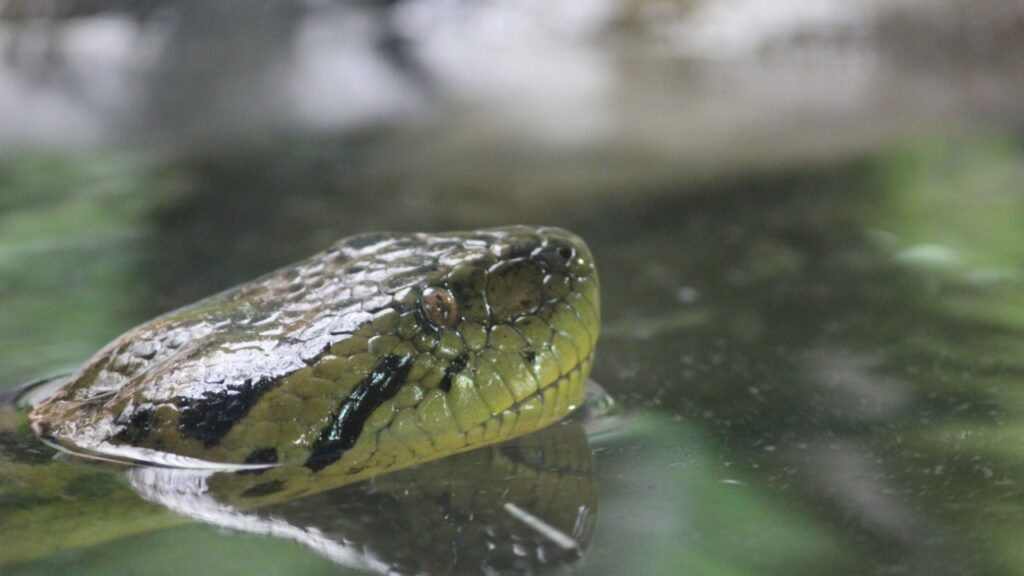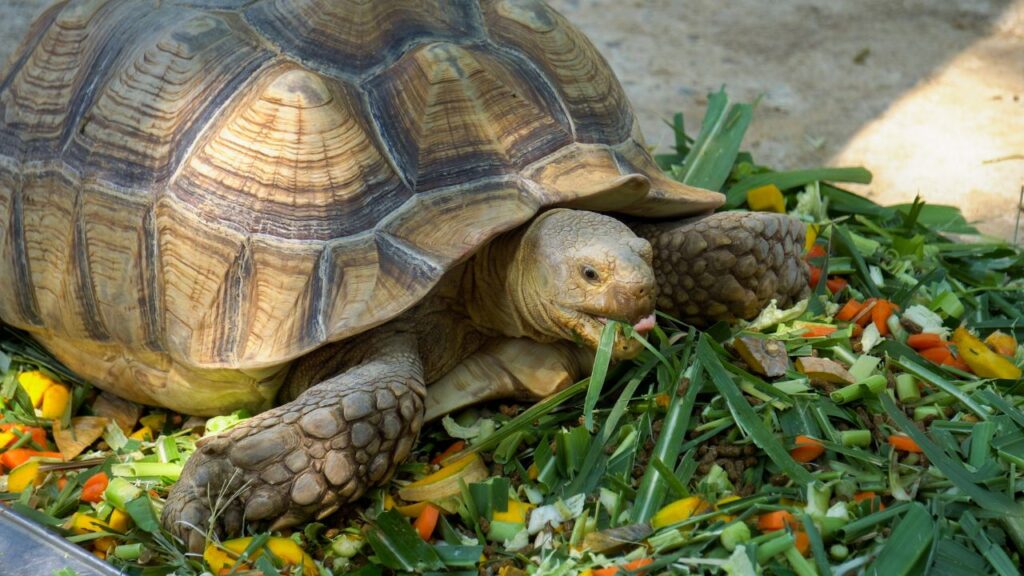The green anaconda, recently confirmed as the world’s largest snake species, is a true giant of the animal kingdom. These massive constrictors, native to South America’s rainforests and wetlands, can grow up to 30 feet long and weigh over 500 pounds. While they’re often seen as apex predators, even these impressive serpents have their share of natural enemies. From mammals and birds to reptiles and even insects, various creatures pose threats to anacondas at different stages of their lives. I was surprised at just how many creatures will take on these huge reptiles.
Jaguars
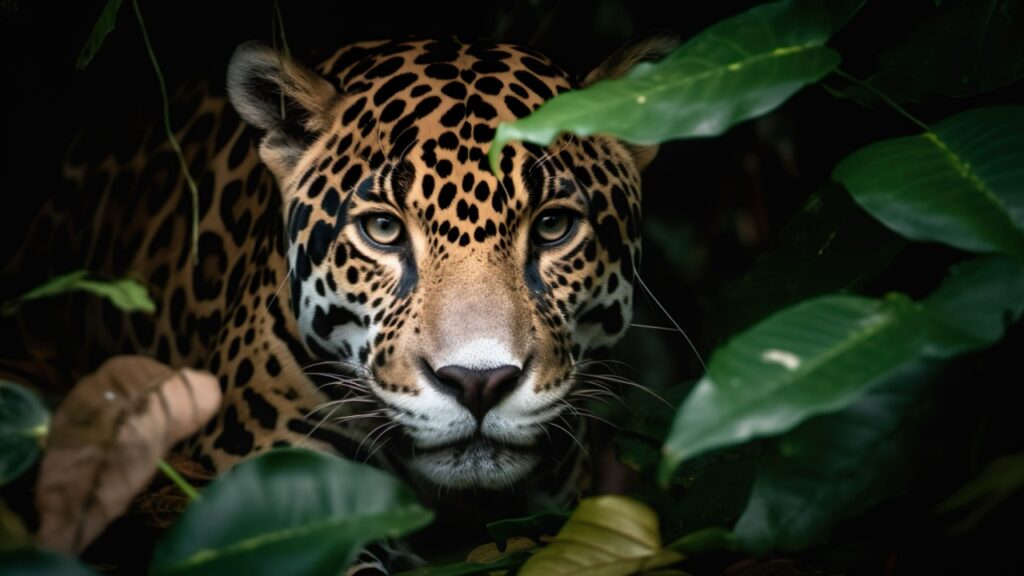
Jaguars are among the few predators that can successfully hunt adult anacondas. These big cats are excellent swimmers, often patrolling riverbanks where anacondas bask. A jaguar’s powerful bite can pierce an anaconda’s tough scales, while its strong paws can pin down even a large snake. Researchers have observed jaguars dragging anacondas as long as 20 feet out of the water.
Caimans

Black caimans, reaching lengths of up to 14 feet, frequently clash with anacondas in Amazon waterways. These encounters can go either way, depending on the size of the animals involved. Larger caimans prey on younger anacondas, while adult anacondas sometimes constrict and devour smaller caimans. In 2021, wildlife photographers captured a rare battle between a 13-foot anaconda and a similarly sized black caiman.
Giant Otters
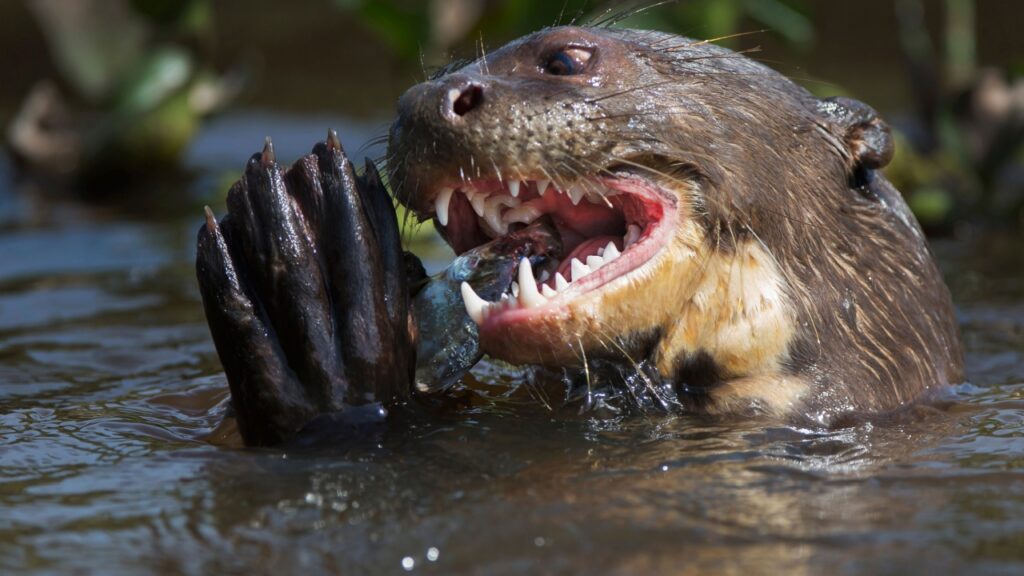
Giant otters, the largest members of the weasel family, hunt in family groups called “romps.” These 6-foot-long mammals use their sharp teeth and powerful jaws to overpower anacondas, especially juveniles. Their streamlined bodies and webbed feet make them agile hunters in the water, where they can outmaneuver even these large snakes.
Harpy Eagles
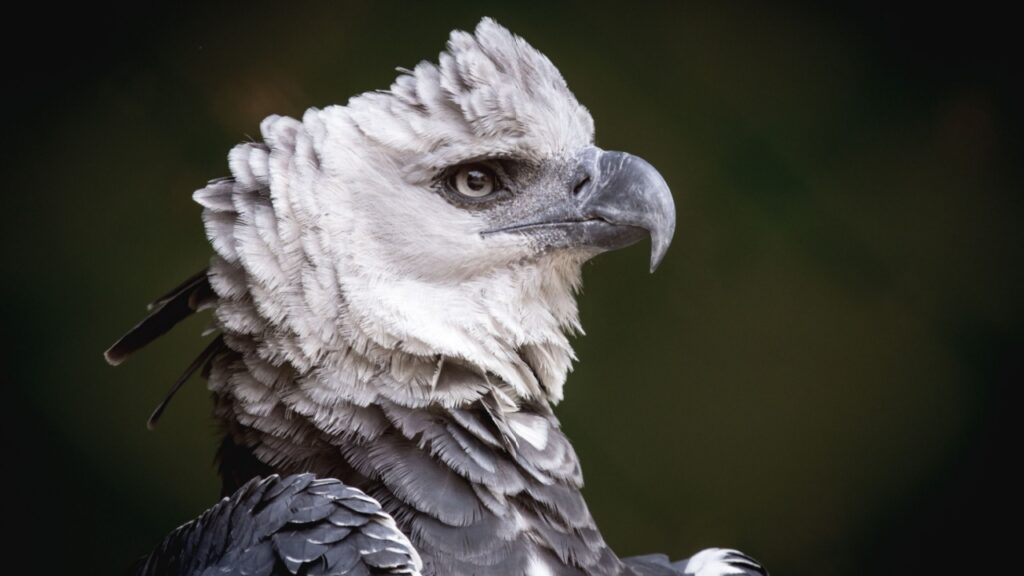
With a wingspan of up to 7 feet and talons as large as grizzly bear claws, harpy eagles pose a significant threat to young anacondas. These raptors can lift prey weighing up to 17 pounds – easily managing a juvenile anaconda. Harpy eagles have been observed snatching young snakes from the water’s edge and carrying them to their nests high in the rainforest canopy.
Fire Ants
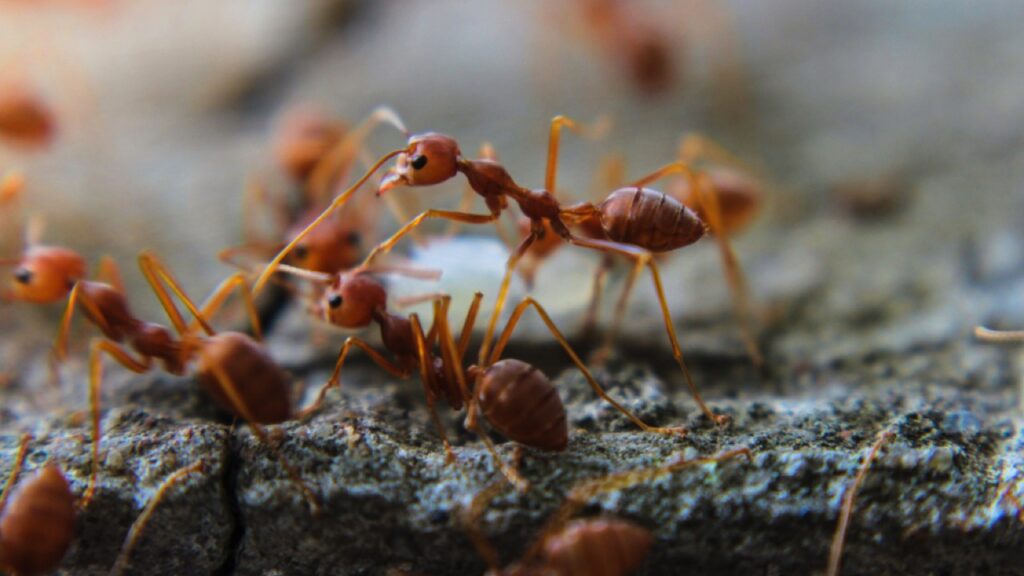
In a David versus Goliath scenario, swarms of aggressive fire ants can overwhelm and kill anacondas. These tiny insects, each measuring only about 6mm long, attack en masse with painful, venomous stings. Young or weakened anacondas are particularly vulnerable to these attacks, especially when trapped or unable to escape quickly.
Piranha
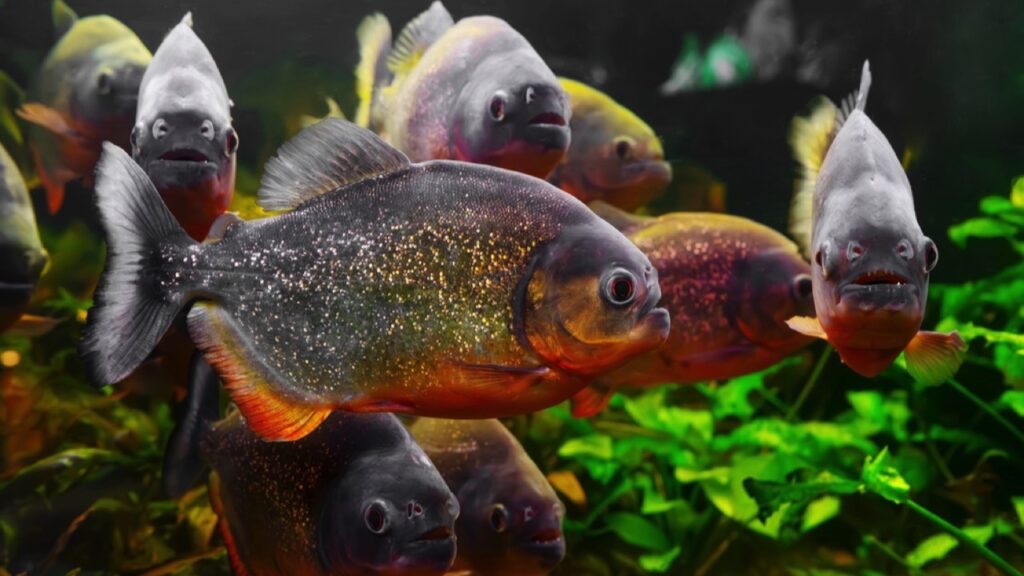
While attacks on healthy adult anacondas are rare, schools of piranha can pose a threat to injured or weakened snakes. These fish, with their razor-sharp teeth, can strip flesh from bone in minutes. Anacondas crossing piranha-infested waters with open wounds are at particular risk of these opportunistic feeders.
Large Wading Birds
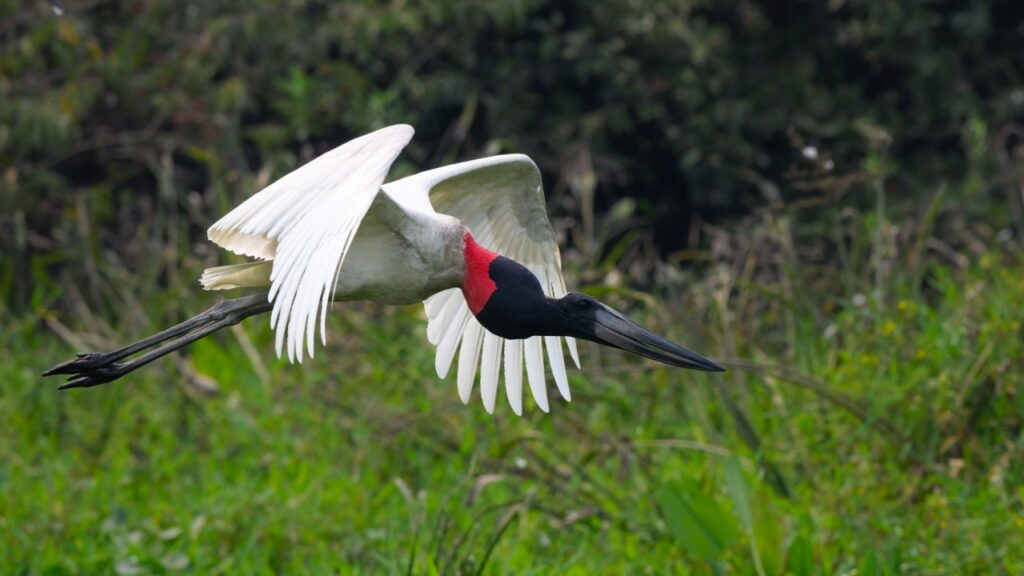
Jabiru storks, with their massive 9-inch beaks, and great blue herons are known to prey on young anacondas. These birds wade in shallow waters where baby anacondas often hide, using their long necks and sharp beaks to spear the small snakes. A single strike can be fatal for a young anaconda.
Wild Pigs
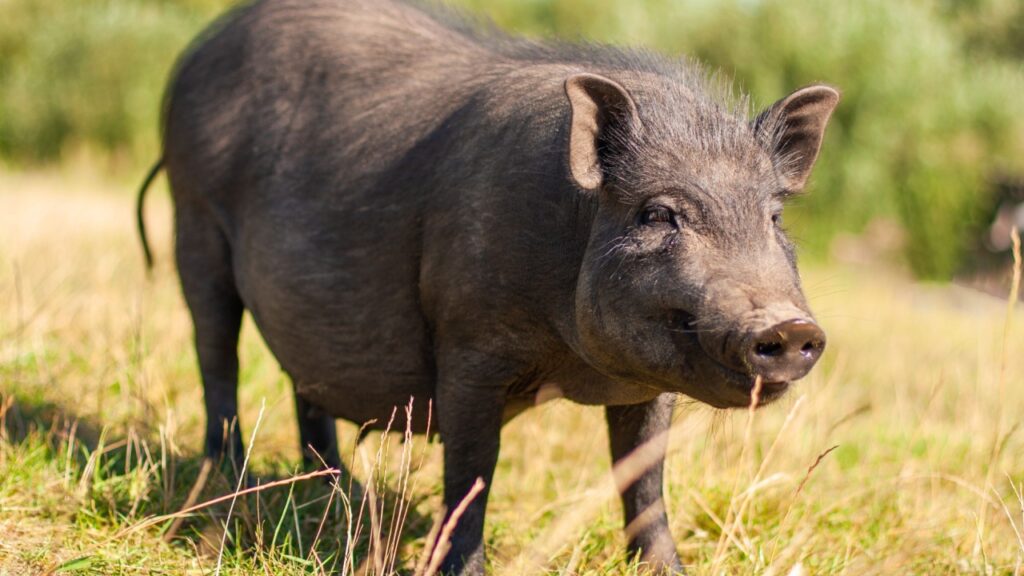
Peccaries, also known as javelinas, travel in herds and have a reputation for aggression. These wild pigs use their sharp tusks to defend themselves and attack prey, including snakes. A group of peccaries can easily overwhelm a young anaconda, tearing it apart with their strong jaws and tusks.
Parasites

Microscopic enemies pose a significant threat to anacondas. Pentastomids, parasitic crustaceans, infest the lungs of these snakes, causing respiratory issues and weakening their hosts. External parasites like ticks can transmit blood-borne diseases, further compromising the health of these large reptiles.
Human Hunters

Humans remain one of the most significant threats to anaconda populations. Some indigenous groups hunt anacondas for meat or use their skins in traditional crafts. Habitat destruction due to deforestation and agricultural expansion has significantly reduced anaconda numbers in many areas.
Capybaras
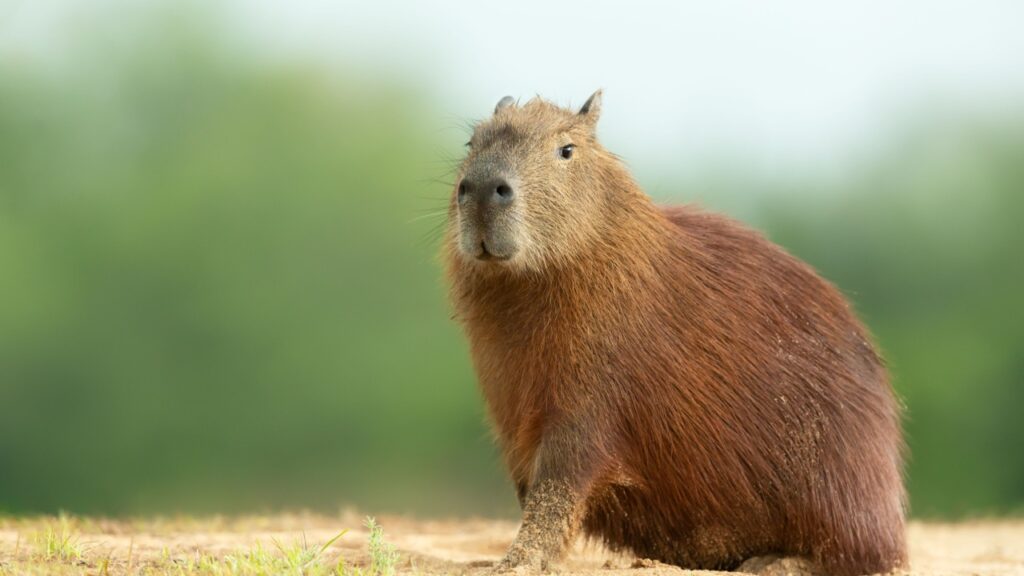
These massive rodents, weighing up to 150 pounds, aren’t typical predators. However, when threatened, capybaras can become formidable opponents. They use their large, sharp incisors to inflict serious damage. There have been documented cases of capybara groups mobbing and killing anacondas that ventured too close to their young.
Anaconda Cannibalism
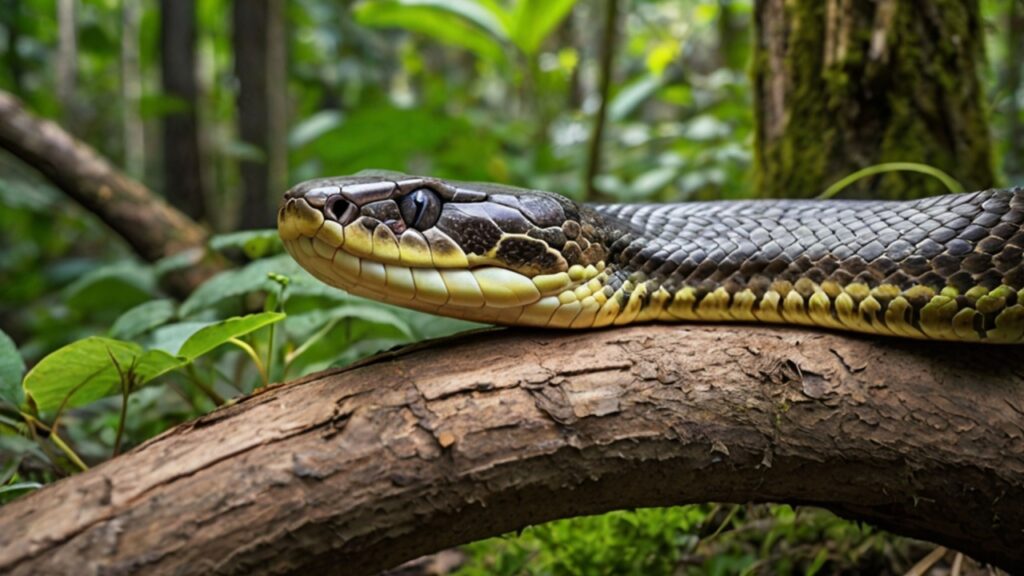
In times of scarcity, larger anacondas may resort to eating smaller members of their own species. This behavior, while seemingly counterproductive, ensures the survival of the strongest individuals. Female anacondas, which grow much larger than males, are the primary perpetrators of this cannibalistic behavior.

